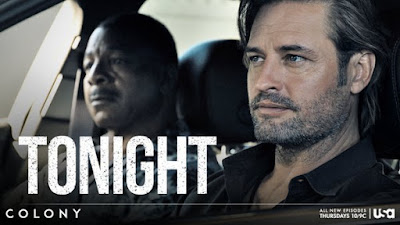The 28 Pages
Saudi Arabia paid millions of dollars to Washington lobbyists to keep it out of court. They have been unsuccessful. And now it is up to the kingdom’s lawyers to limit the damage.
With families of Sept. 11 victims now able to pursue legal claims against the Saudis, the fight over responsibility for the terrorist attacks 15 years ago is likely to shift to a courtroom in Lower Manhattan, not far from where the World Trade Center once stood.
The legal battle could last for years, and would be waged using thousands of pages of documents, deposition transcripts and official government investigations. It could end in millions — or billions — of dollars’ worth of Saudi assets being seized in a court settlement, or a judgment that largely vindicates the Saudi government, which for years has insisted it had no role in the deadly plot ...
I had never read much about the 9/11 investigations, so one of the things I was unaware of before this was The 28 Pages ...
The 28 Pages refers to a section at the end of the 2002 Joint Inquiry into Intelligence Community Activities before and after the Terrorist Attacks of September 11, 2001, conducted by the Senate Select Committee on Intelligence and the House Permanent Select Committee on Intelligence that contains details of foreign state sponsor support for Al-Qaeda prior to the attack and the Saudi connection to the hijackers. The pages explain that some of the September 11 hijackers received assistance and financial support from individuals connected to the Saudi Arabian government, including Saudi intelligence officers, embassy staff, and members of the Saudi royal family.
In 2016, following a declassification review, the Obama Administration approved the declassification of the partially redacted 28 Pages, the Joint Inquiry’s only wholly classified section. The document was then sent to congressional leadership and on July 15, 2016, the House Permanent Select Committee on Intelligence approved publication of the newly declassified section.
The 28 pages are from a redacted section of the 422-page inquiry commission report on the 9/11 attacks that include controversial clues linking elements of the Saudi Arabian government and the hijackers. Some leaked information from CIA and FBI documents allege that there is "incontrovertible evidence" that Saudi government officials, including from the Saudi embassy in Washington and consulate in Los Angeles, gave the hijackers both financial and logistical aid. Among those named were then-Saudi Ambassador Prince Bandar and Osama Bassnan, a Saudi agent, as well as American al-Qaeda cleric Anwar al-Awlaki, 9/11 ringleader Mohamed Atta, and Esam Ghazzawi, a Saudi adviser to the nephew of King Fahd.
In July 2016, the U.S. government released a document, compiled by Dana Lesemann and Michael Jacobson, known as "File 17", which contains a list naming three dozen people possibly, among them Fahad al-Thumairy, Omar al-Bayoumi, Osama Bassnan and Mohdhar Abdullah, connecting the Saudi state to the hijackers. According to the former Democratic US Senator Bob Graham, “Much of the information upon which File 17 was written was based on what’s in the 28 pages.”
The 28 pages state that some of the September 11 hijackers received financial support from individuals connected to the Saudi Government. FBI sources believed that at least two of those individuals were Saudi intelligence officers. The U.S. Intelligence Community believed that individuals associated with the Saudi Government had ties to al-Qaeda.
The Bush administration classified the 28 pages of the congressional report, allegedly to "protect intelligence sources." ...
Heere is Democratic Senator Bob Graham (Inside a Senator’s Crusade to Release the Missing 28 Pages of the 9/11 Report) speaking about the subject ...
More from The Atlantic: Saudi Arabia Is a Partner, Not a Friend


















